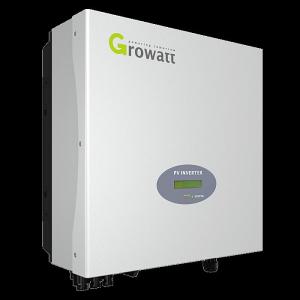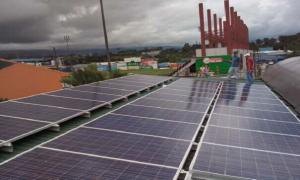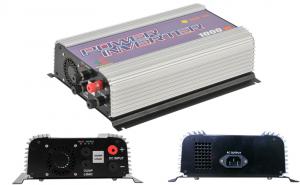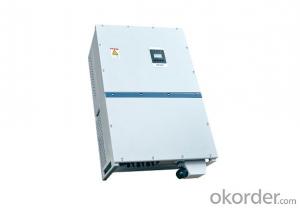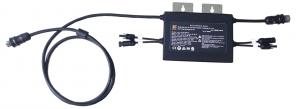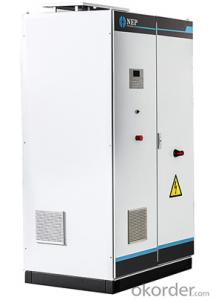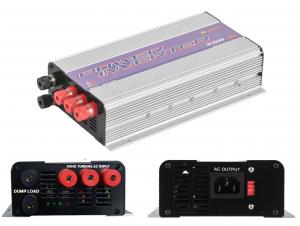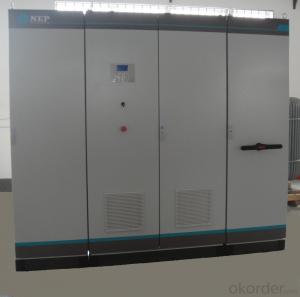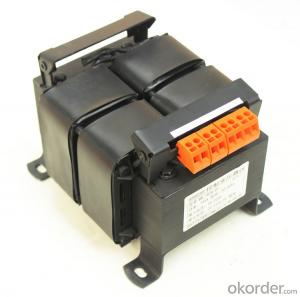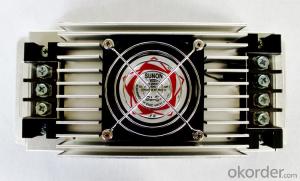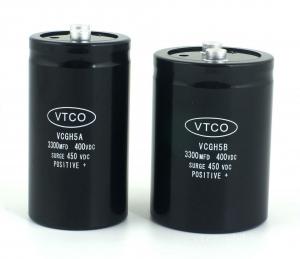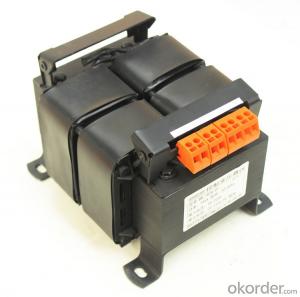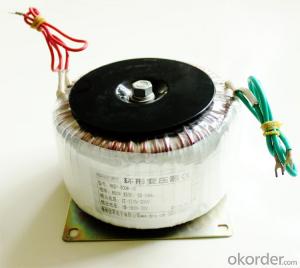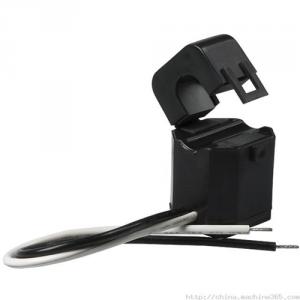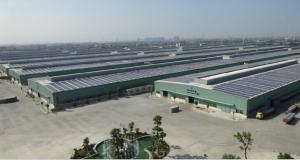10kw Solar Grid Tie Inverter
10kw Solar Grid Tie Inverter Related Searches
1000w Solar Grid Tie Inverter Solar Grid Tie Inverter 5kw Solar Grid Tie Inverter 1kw Solar Grid Tie Inverter Solar Hybrid Grid Tie Inverter Solar Grid Tie Inverter Kit Sun Grid Tie Inverter Grid Tie Inverter Solar Solar System Grid Tie Inverter Grid Tie Solar Inverter 3kw Solar Grid Tie Inverter On Grid Solar Inverter 10kw Hybrid Grid Tie Solar Inverter Solar Grid Tie Micro Inverter Best Solar Grid Tie Inverter 10kw Solar Inverter Grid Tie Inverter Solar Kit Grid Tie Hybrid Solar Inverter Solar Inverter Grid Tie 10kw Solar Power Inverter Best Grid Tie Solar Inverter 10kv Solar Inverter 10kw Off Grid Solar Inverter 10kw Inverter Solar 10kw Solar Hybrid Inverter Solar Inverter 10kw 10kva Solar Inverter 10kw Hybrid Solar Inverter 10k Solar Inverter Off Grid Solar Inverter 10kw10kw Solar Grid Tie Inverter Supplier & Manufacturer from China
The 10kw Solar Grid Tie Inverter is a high-performance solar power conversion device designed to optimize the efficiency of solar energy systems. This advanced inverter is engineered to convert the direct current (DC) generated by solar panels into alternating current (AC), which can then be fed into the electrical grid or used to power local electrical loads. The 10kw Solar Grid Tie Inverter is an essential component in any solar energy setup, ensuring that the generated power is effectively utilized and distributed.The 10kw Solar Grid Tie Inverter finds its application in a variety of settings, including residential, commercial, and industrial solar power installations. It is particularly useful in areas where grid connectivity is available, as it allows for the seamless integration of solar power into the existing electrical infrastructure. This product is also ideal for environments where energy storage is not a priority, as the excess power generated can be fed back into the grid, potentially earning credits for the user. The 10kw Solar Grid Tie Inverter's versatility and efficiency make it a popular choice for those looking to harness the power of the sun in a sustainable and cost-effective manner.
Okorder.com is a reputable wholesale supplier of the 10kw Solar Grid Tie Inverter, offering a vast inventory to cater to the needs of various customers. With a commitment to quality and customer satisfaction, Okorder.com ensures that each 10kw Solar Grid Tie Inverter is thoroughly tested and meets the highest industry standards. By partnering with Okorder.com, customers can rest assured that they are receiving a reliable and efficient product that will serve as a cornerstone in their solar power systems.
Hot Products









